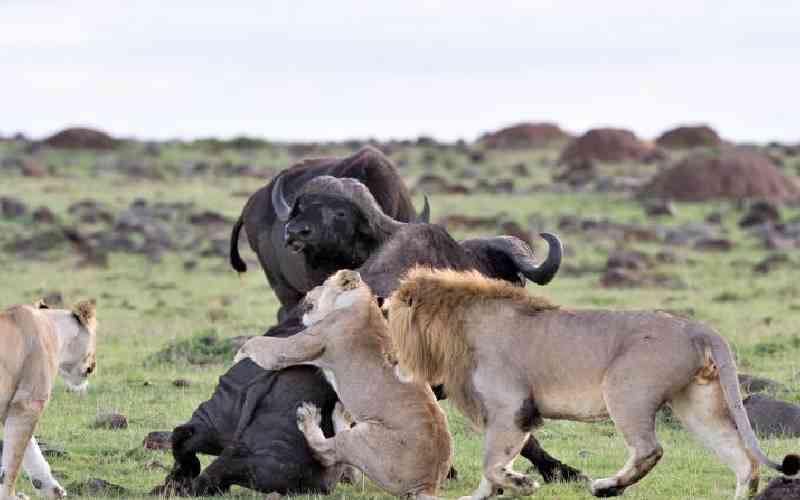×
The Standard e-Paper
Stay Informed, Even Offline

In 1977, Jonathan Scott, the affable wildlife photographer, made an overland trip to Kenya while on a mission to discover Africa's charm. The trip had earlier taken him first to South Africa where he could not stand the apartheid system.
Another two-year sojourn in Botswana left him wanting to explore the continent some more. Kenya, and in particular Maasai Mara, became his new home. in fact, his love for the wild was cemented further in 1992 when he got married to Angela atop the Siria-Oloololo escarpment.